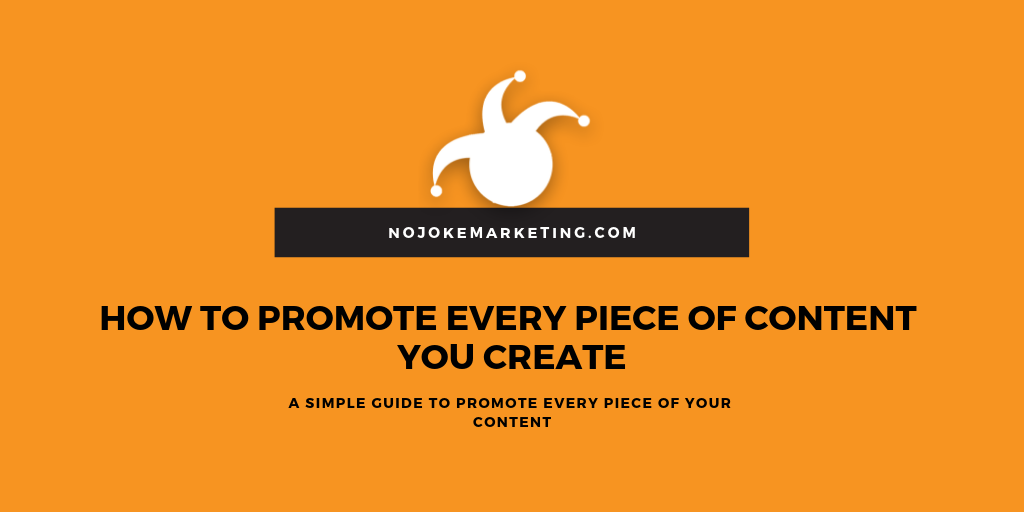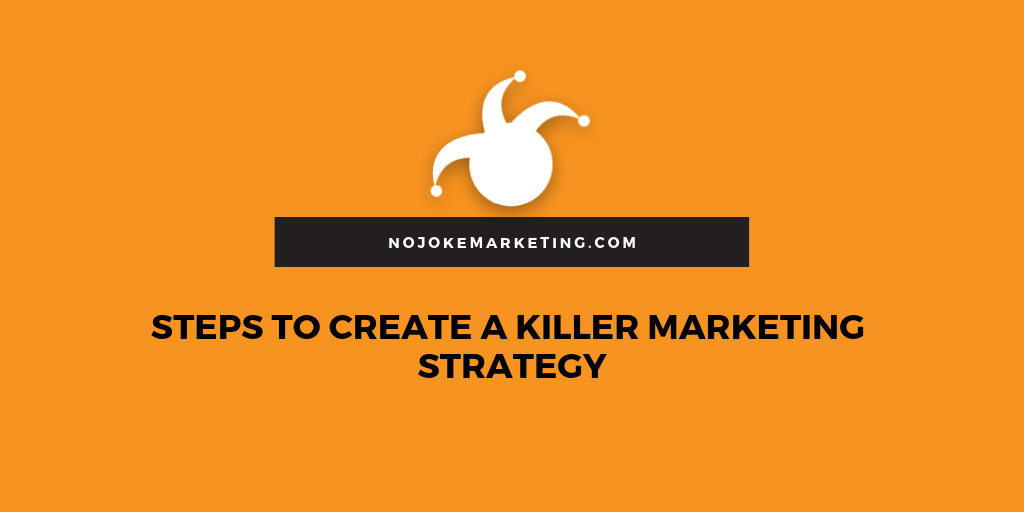Mobile. You can’t afford to keep it a side focus of your business any longer. The time has never been more critical than now to prioritize mobile marketing as a dominant factor in your marketing strategy. Yet most small businesses underestimate its importance.
In 2018, mobile accounted for over 52 percent of all online traffic globally, with predictions of well over 59 percent by 2020 alone. And while it might seem clear that mobile optimization should be a key strategic factor for all facets of your digital outreach, mobile marketing always seems to fall by the wayside. You’re too busy. It’s too expensive. It’s too time consuming.
More importantly? You just don’t know where to start.
One thing to remember about mobile marketing is that it’s not all that different from other forms of digital marketing strategies. You still need to generate effective content. You still need to identify a target market based on their needs. And you still need to leverage SEO to your advantage. It’s merely a question of adapting to a slightly different strategy than traditional web marketing. If you’re wondering how to start implementing a mobile marketing strategy efficiently, here are 5 simple tips you can start using today.
1. Compatibility Is Not An Option
It’s a demand. Mobile users will be accessing your site, your storefront and your blog from any number of devices. Smartphones. Tablets. iOS. Android systems. If it’s enabled for WiFi, they’ll be using it. And the diversity of devices will only increase over the next few years. In fact, it’s predicted that over 24 billion internet-connected devices will be installed globally by 2020. To give you some perspective, that’s over four devices for every human being.
What appears optimized for traditional web access via a desktop will not necessarily be optimal for mobile, however. And the differences in optimization will be even more dramatic between mobile devices. It’s not only a question of resolution, it’s a question of device compatibility. Make certain your mobile marketing content reaches as many customers as possible by ensuring optimization across all devices.
2. Keep Keywords Simple
Mobile users aren’t necessarily going to be entering extensively detailed word strings in their searches. In fact, one of the reasons why they’re using mobile to begin with is for the sake of convenience. They want to find whatever service you’re selling and they want it NOW. Don’t develop an SEO strategy for mobile using more than three or four keywords, if you can.
More importantly, mobile marketing is based on locality. You can develop an SEO strategy that’s clear, succinct and well defined. But without including your location, it’s going to defeat the purpose. You’re not going to get very far with a general keyword strategy if the scope of your business is geographically specific.
3. Don’t Lose Your Customers By Getting Them Lost
If you’re a local business specifically targeting local customers, it’s no longer enough to simply provide an address. Brick and mortar retailers aren’t in the position to assume your customers will know where “123 Jones St” is located. Integrate a Google map on your site.
You also don’t want to overwhelm your customers with content that’s simply irrelevant to their needs. Keep your mobile marketing geographically specific. Even the occasional off-topic blog post about your favorite local landmark will help remind customers that you’re not a faceless big box retailer. You’re there to serve your local community first.
4. Boost Local Marketing By Hyper Localizing Mobile Marketing
Hyper localization might sound like esoteric jargon. It isn’t. All it really means is to target your specific radius within a given span. An example would be a business in downtown Dallas. Simply developing a strategy with a midwest target in mind will not draw local traffic. Nor will specifying it to Texas proper. But specifically developing a landing page that says you’re a business located in downtown Dallas is going to draw in an added element of foot traffic. But why is this important?
Because despite naysayers, brick and mortar business aren’t dead. Far from it. And most shoppers would prefer to take their business within their immediate vicinity, as proven by the proliferation of voice activated technology like Siri or Alexa. What you may not know is that you can leverage digital marketing methods like Google AdWords and even social media advertising to localize your keyword options. And as geo-targeting continues to become widespread, you’re going to want to keep on top of your competitors.
5. Tailor Your Promotional Sales For Mobile
Your competitors will also be using mobile marketing. It’s basic logic. And while you may have relied on traditional promotional offers and coupons in the past, don’t automatically assume your return customers will be aware of them—even if you’re already using mass emails. Maximize your potential by targeting mobile users first. This can include anything from having a site optimized for QR codes to simply having an opt-in to inform customers of new offers.
It’s 2019. Don’t let your digital marketing strategy slip back to 2009. Not when both your customers as well as your competitors are on the go.
We’re as serious about mobile marketing as we are about marketing PERIOD. And since 2013, No Joke Marketing has been helping both local and global business make the most of their mobile experience. See what we can do for you. Visit us at nojokemarketing.com









